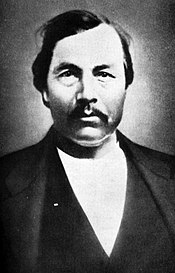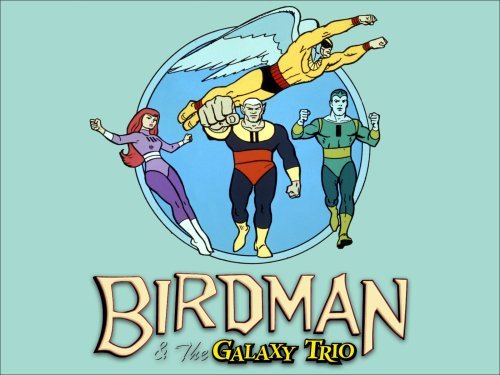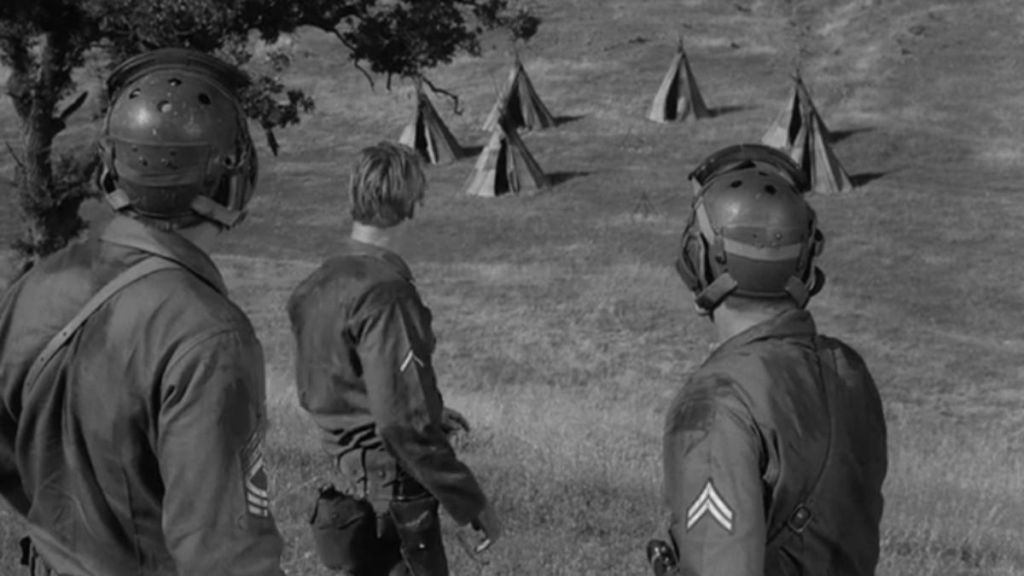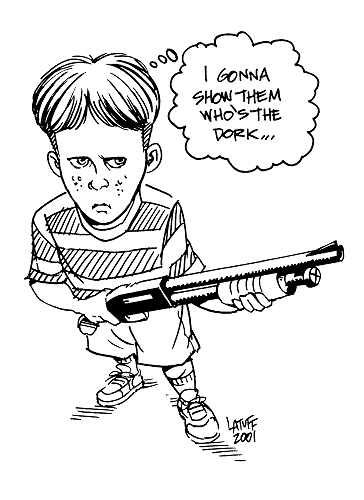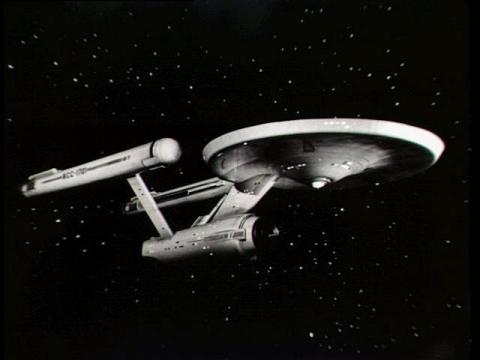It would be illogical to mourn Leonard Nimoy's death, so we shall celebrate his life instead.
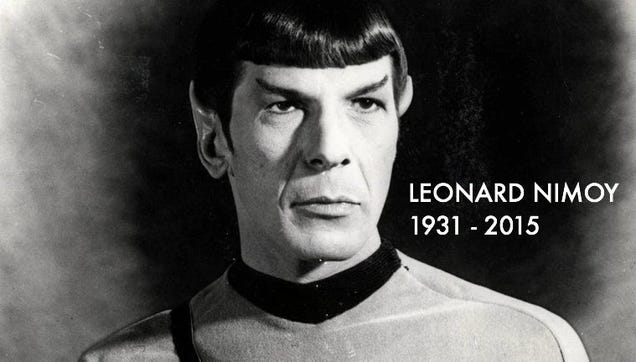
For Leonard Nimoy, Spock’s Hold Made Reaching Escape Velocity Futile
By Alessandra Stanley
It’s even harder to think of a television character that so fully embodied and defined a personality type. Just as Scrooge became synonymous with miser, and Peter Pan became a syndrome, Spock was dispassion personified.
Everybody who learned to be more calm, rational, and logical from Leonard Nimoy's portrayal of Spock, raise your hand. #LiveLongandProsper
Leonard Nimoy Showed Us What It Truly Means To Be Human
By Charlie Jane Anders
But Nimoy imbued Spock with a life and complexity that were impossible to deny. Far from being a one-note character, Spock became one of the most complex and nuanced people on television. From his inner torment to his quiet amusement at the humans around him to his occasional flashes of anger, Spock was a constantly surprising mystery, with a lot of layers.
A 1999 column about Trek notes how the original series worked because of Shatner and Nimoy.
The trouble with “Trek”
Plagued by falling ratings, rampant merchandising and a boss who hates the franchise legacy, the noble "Star Trek" faces the indignities of age.
By Robert Wilonsky
“But this isn’t nostalgia,” says Mark Altman, who penned the indie comedy “Free Enterprise,” which stars Shatner and comes out on DVD Tuesday, after writing nearly a dozen “Trek”-related books. “They got all the ingredients right with the original. It was impeccably cast. Look at how brilliant Shatner and Nimoy were; look at the caliber of the scripts. This was a show written by people who fought in World War II, who had been cops, who were among the top science-fiction writers—these were people who lived life. The new shows are written by people whose only experience is writing television.”
President Obama Releases Statement On Leonard Nimoy's Passing
I loved Spock.
In 2007, I had the chance to meet Leonard in person. It was only logical to greet him with the Vulcan salute, the universal sign for “Live long and prosper.” And after 83 years on this planet–and on his visits to many others–it’s clear Leonard Nimoy did just that. Michelle and I join his family, friends, and countless fans who miss him so dearly today.
“Spock made being different cool”: Hollywood remembers Leonard Nimoy
These Leonard Nimoy farewells from friends and fellow travelers will hit your heart-spot
Rest in Peace Leonard Nimoy, My Honorary Space Grandpa
Leonard Nimoy's Final Tweet Reminds Us How Much He Will Be Missed
As Mr. Spock said to Dr. McCoy, "Remember."
Good-bye, Leonard Nimoy and Mr. Spock. We'll always remember you.


